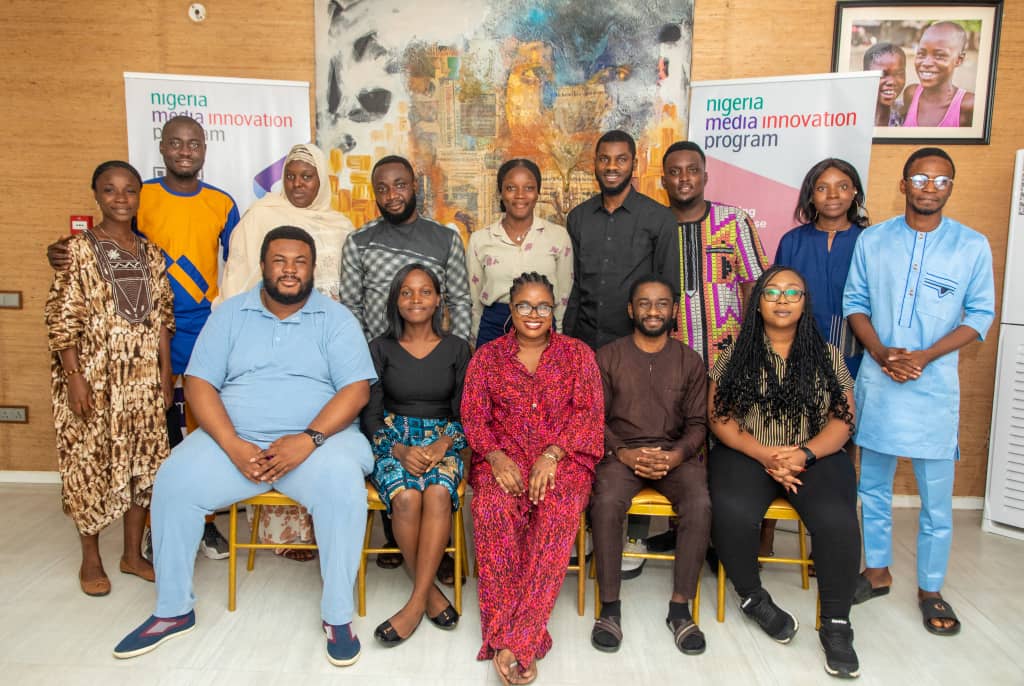Eunice Ayobami writes on her recent Media Product Fellowship training experience in Abuja.
Warren Buffett, an American business magnate once said ‘Diversification is a protection against ignorance’.
His assertion rightly describes the Nigeria Media Innovation Programme (NAMIP), an initiative focused on ensuring that media practitioners are not ignorant of viable means of generating revenue in the media industry through diversification.
The three-year initiative set up to support the editorial independence of media organizations by strengthening their stability began its four-month Media Product Fellowship Thursday, July 20, 2023 with participants selected from over 120 applications reviewed for the first cohort of the programme.
With the fellowship centred on product thinking, execution and business development capacity, nine participants from different media organisations with diverse experience in the media industry, the first cohort began with a two-day workshop in Abuja.
Read more about the participants (NAMIP )
Our facilitator, Anita Eboigbe, a media business executive with a decade-long experience in media across different forms was way too prepared for us as she described media products as her bread and butter in her introduction note.
Starting the session on a lighter note, she narrated how she began her journalism career and how she was inspired to go beyond the normal day-to-day reportorial assignments entry journalists are always responsible for.
Taking us through the definition of media products, it dawned on the participants that most of the production we carry out in our different media organizations are media products, but we have not been able to make the most of them because we are yet to see them in that light.
Explaining the essence of audience engagement, Eboigbe said the more audiences are developed through our media products, the more we earn their loyalty. She explained that media products need to be studied not only to improve the quality of work but also to maximize impact while generating revenue which will lead to industry growth.
It was interesting to know that just as the body has an anatomy, so also media products have the overall goal of seeing how media products can be modified and promoted. Following the session on media products was a group exercise that included participants picking two popular media products and analyzing their anatomies across four publications and newsrooms.
To ensure that the fellows have a well-laid foundation during the workshop, the second day of the workshop was centred on Audience Development, a concept that captures the identification, engagement and retention of audiences. With the understanding that the true challenge of a media product manager is sustaining the audience, Eboigbe further explained who an audience is by breaking down the components of an audience, consisting of the demographics (description of characters) and psychographics ( people’s interests, and attitudes and aspirations) attributes.
This understanding led to the climax point of the workshop focused on Audience Profiling (the process of describing a fictitious character made after a member of one’s target audience). During this session, we were taught how to identify our audience by name and their core specifications. A group presentation succeeded in this session to test the level of participants understanding.
Despite being all-encompassing, the workshop only kick-started the four-month fellowship which is to be followed by a month of virtual mentorship before the deployment of fellows to various newsrooms across the nation to make remarkable changes through their media product creation.
READ ALSO: How to Re-Imagine media products, services in Africa

